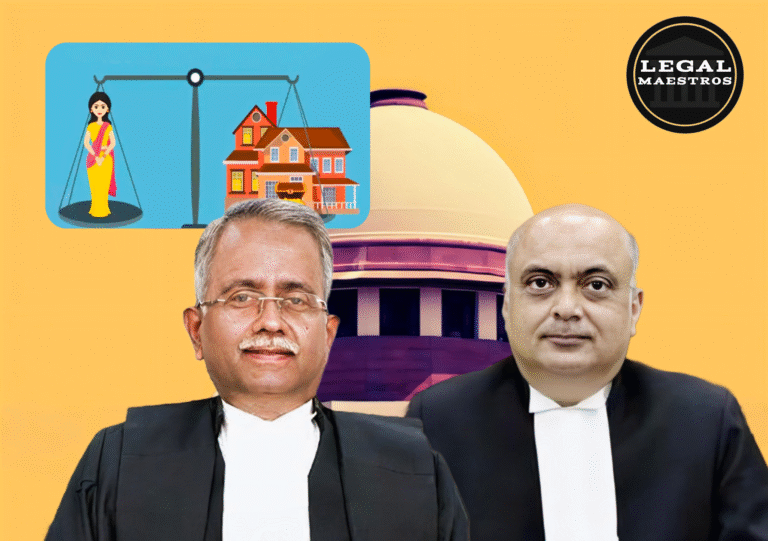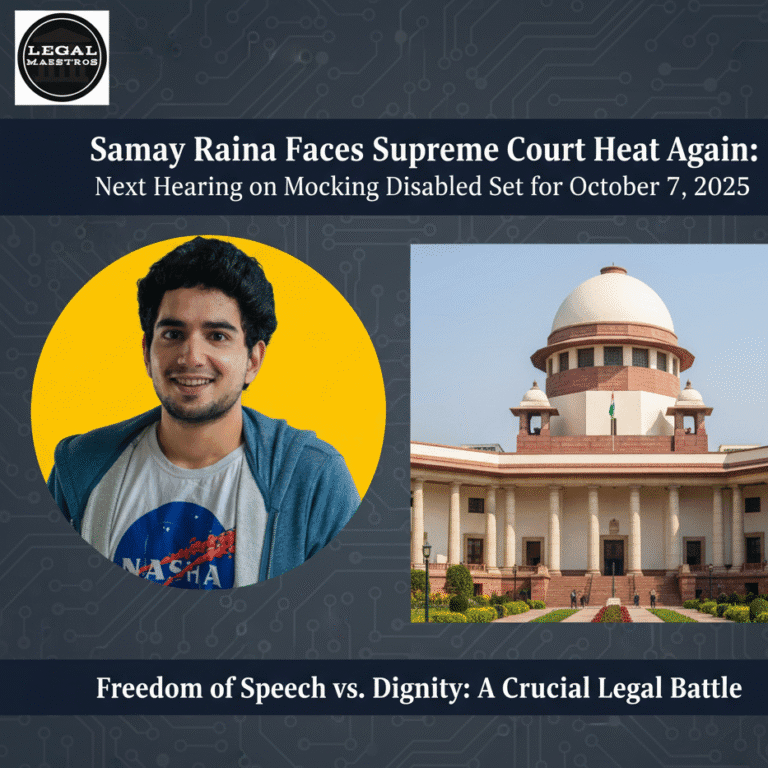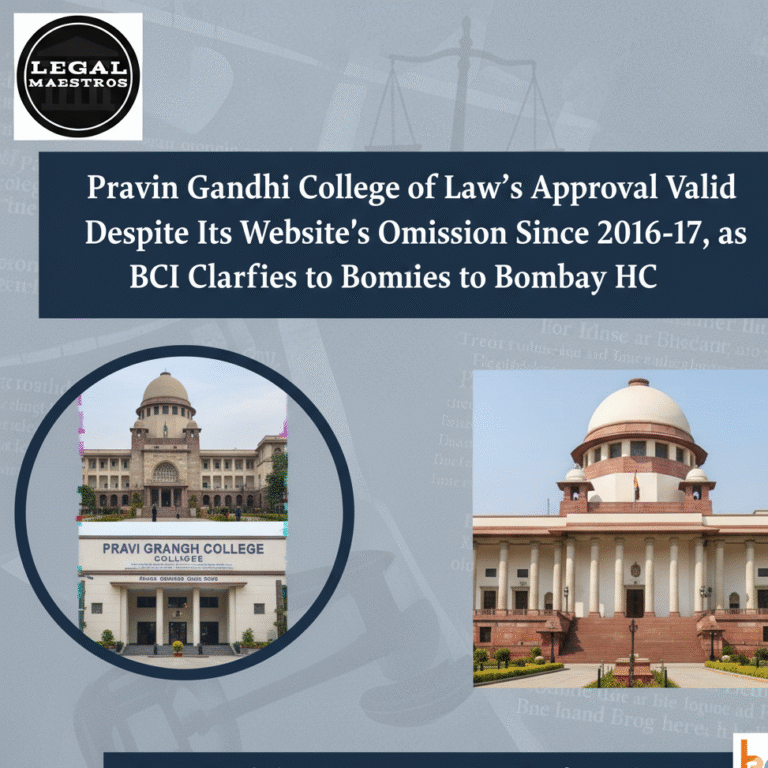
A recent ruling of the Supreme Court of India Daivshala & Ors. v. Oriental Insurance Company Ltd. & Anr. has shed some light on a long standing debate in labour law, whether an accident which occurred during a commute should be deemed to have occurred, out of and in the course of employment. This case, listed as 2011, was ruled by a bench of Justices Manoj Misra, and K. V. Viswanathan, who reexamined a 2011 case in the High Court of Bombay and discussed the Employee human injury as per the Employees Compensation Act of 1923 (EC Act) and as per Employees State Insurance Act of 1948 (ESI Act). The case points out the impact of the development of legal doctrine and the emergence of new items in the related laws on the meaning of the basic legal terms.
The Facts of the Case
The case is based on the sad demise of one Shahu Sampatrao Jadhavar who was working as a watchman in a sugar factory. He worked between 3 a.m. and 11 a.m. He had an accident whilst on his way to work on his motor cycle on which it killed him about 5 kilometers away along the road to the factory on April 22, 2003. His family made a claim pursuant to the EC Act and included in the claim was his widow, four children and his mother. The insurance company and the employer claimed the accident did not occur “out of the course of his employment” or even out of factory premises and hence the injury was not attributable to the employer. Initially, the family was given a sum of Rs 3,26,140 interest by the Commissioner for Workmen Compensation but this was discredited by the Bombay High Court who supported the insurance company. The wronged family submitted the case to the highest court.
The Mistake of the High Court and the Heart of the Legal Question
This decision of the High Court was in line with a Supreme Court case 1996, Regional Director, E.S.I. Corporation & Another. Francis De Costa and Another, which came into being under the ESI Act. In such an instance, the court had already decreed that an accident that occurred one kilometer away of the factory was not termed as being in the course of employment. In the instant case, the High Court adopted this and ruled that given that at the time of death, the deceased was on his way to work then the accident cannot be found to have its cause on the employment side. The legal issue of fundamental importance that has to be decided before the Supreme Court was to find out whether this interpretation is still valid bearing in mind the modifications of legislation and more liberal attitude toward social welfare legislations.
An explanatory amendment: The insertion of section 51E
One of the most significant advancements in this legal environment can be regarded as the implementation of Section 51E of the ESI Act (June 1, 2010). According to this provision, an accident to which an employee is subjected in the course of commuting between his/her home and the place of work or between the workplace and his/her home should be treated as arising out and in the course of employments. This is on the condition that there is a definite connection between the circumstances, time and place of the accident and the employment. The Supreme Court noted, that this amendment literally neutralized the Francis De Costa case. The court was then forced to think upon the theory that whether this new provision was only a modification of this existing law, or it is a clarification of this existing law and whether or not the new provision can be applied retrospectively to the 2003 accident.
The Doctrine of Statutes on Pari Materia
The Supreme Court found that Section 51E was a clarification measure and it aimed at putting a stop to uncertainties and doubts that had been dogging the interpretation of the term arising out of and in the course of employment. The court referred to various legal principles, which support this argument; that, a statute may be treated as an act of declaration where it seeks to shed some light on an old law or a glaring flaw. The court also applied the rule of statutes in pari materia where one law can be applied to another where a similar topic is discussed. The EC Act and the ESI Act are laws dealing with social security and having the same main aim of offering benefits to employees and therefore, the court has applied the meaning provided by Section 51E of the ESI Act to the same phrase in the EC Act.
The use of New Interpretation in the Case
The Supreme Court held that there was an explicit “nexus” between the accident and employment of the deceased upon applying the principle of clarificatory nature of Section 51E and the ‘pari materia.’ Shahu Sampatrao Jadhavar was a watchman whose shift was to start early at 3 a.m. At the time of the accident, he was on his way to the place of work to ensure he was on duty on time. This created the direct correlation between the time and the reason of his trip and his job. Based on this analysis, the court resolved that the accident was truly a case of him having been caught up in a wreck that was the result of his employment.
The Last Judgment
The Supreme Court in its last ruling overturned the ruling made by the High Court and the previous order of the Commissioner in Workmen losses compensation reinstated. The court has reiterated that the EC Act and the ESI Act are both good laws that are meant to bring a sense of security to workers and to those who are dependant on the workers. According to the ruling, the notion of extension of the premises of an employer which used to be interpreted differently is also accompanied with commuting to and to work with the provision that the particular circumstances of the accident should have connections with the employment. The result is a great triumph of labor because compensation laws will be interpreted in a more tolerant and generous way.
For any queries or to publish an article or post on our platform, please email us at contact@legalmaestros.com.







